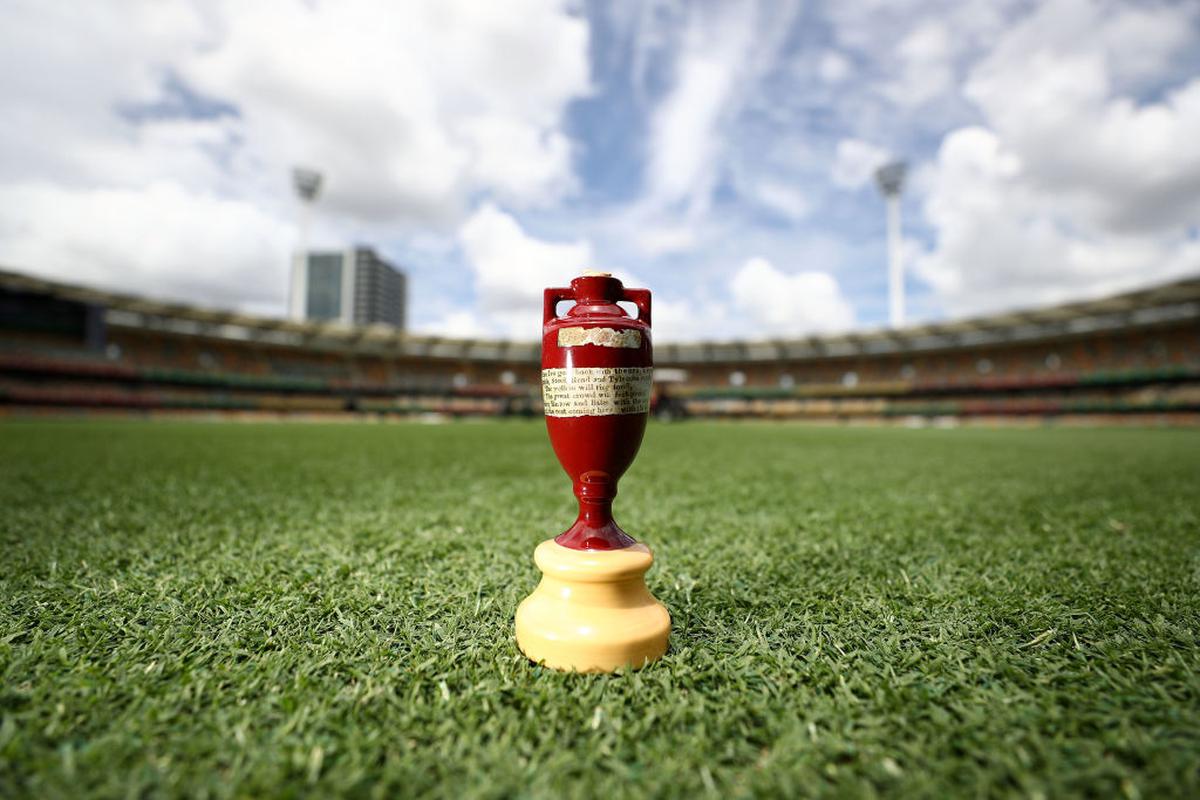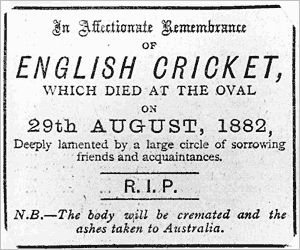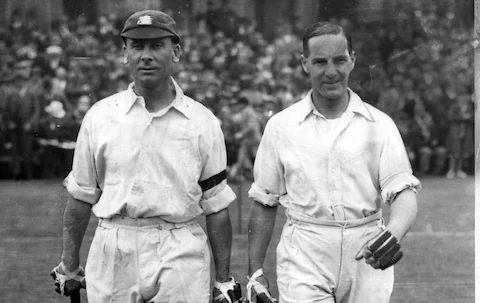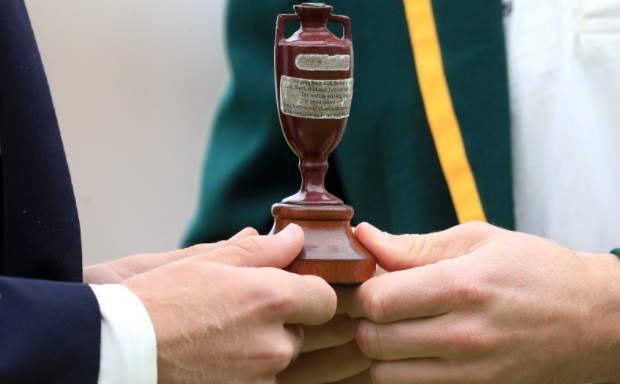INTRODUCTION
Cricket, often hailed as the epitome of a gentleman’s game, has been a witness to countless enthralling rivalries over its extensive timeline. Among the most renowned and enduring contests in the realm of cricket lies the prestigious Ashes series. Emerging from a legendary encounter between England and Australia, the Ashes has transformed into an intensely fought battle that captivates the hearts of cricket enthusiasts globally. In this blog, we will embark on a journey through the captivating history of the Ashes, delving into its beginnings, notable milestones, and the profound importance it holds within the cricketing world. By exploring the origins and evolution of this historic rivalry, we aim to uncover the essence and significance of the Ashes within the rich tapestry of cricketing history.

HISTORICAL OVERVIEW
In the 18th century, the British transported criminals to the American colonies to alleviate jail overcrowding and safeguard their society from criminal influence. However, this practice ceased with the onset of the American Revolution, prompting the British to seek alternative locations for housing these criminals. Consequently, in 1787, the British began deporting prisoners to Australia. This practice persisted until the early 1830s, triggering numerous protests and riots among the indigenous population of Australia. Although the British discontinued the practice of sending criminals to Australia, the historical repercussions left a lasting animosity between Britain and Australia. This hostility manifested itself in various aspects of their relationship, most notably in cricket matches whenever the two teams competed against each other. The first test match between England and Australia was played in 1877 at Melbourne, although the concept of the Ashes series did not yet exist at that time.

THE BIRTH OF THE ASHES
The pinnacle of excitement was reached during the visit of the Australian cricket team to England for a solitary test match in 1882, held at the historical cricket ground, The Oval. The match unfolded as a low-scoring affair, with Australia being dismissed for a mere 63 runs in their first innings. England, on the other hand, managed to accumulate 101 runs, securing a significant lead of 38 runs in the context of the game. Facing a daunting situation, Australia displayed a vastly improved batting performance in their second innings, amassing a total of 122 runs. With only 85 runs needed to secure victory and the Oval faithful fervently supporting the English team, it was widely expected that they would effortlessly achieve the target.
However, what followed defied all expectations and went on to become one of the most astonishing and remarkable comebacks in the history of cricket. Australia orchestrated an extraordinary turnaround, dismissing the English team for a paltry 77 runs in their second innings and securing a stunning victory by a margin of seven runs. The entire crowd at The Oval was left in a state of disbelief and silence, completely taken aback by the sequence of events that had just unfolded.
Shortly after this defeat, Reginald Shirley Brooks, a writer from the Sporting Times, published a satirical obituary for English Cricket, symbolically implying that the sport in England had suffered death at the hands of the Australians, and its remains were being sent to Australia for cremation. This event is believed to have given rise to the name of the series “The Ashes.”

THE AFTERMATH
Following the humiliating loss, Ivo Bligh, the captain of the England cricket team, made a memorable vow to avenge the defeat and reclaim the Ashes for England. This promise was made prior to England’s scheduled tour to Australia in 1882. Merely three weeks after their previous loss, the English team arrived in Australia to engage in a three-match test series. Australia further rubbed salt in the wounds by winning the first match of the series. However, England staged a remarkable comeback, triumphing in the second and third tests, ultimately securing a 2-1 victory in the series. Consequently, it was universally acknowledged that England had successfully regained the Ashes, signifying the vanquishing of their previous defeat. The haunting memories of that loss were finally put to rest, and England’s triumphant achievement was celebrated by all.
On the eve of Christmas in 1882, it is said that during a social cricket match happening in the Rupertwood Estate Victoria, Ivo Bligh was gifted a terracotta und by the ladies who were members of that club. According to popular belief, this unique urn contained the ashes of the bails used in the third test of the match. The group of ladies, led by Florence Morphy, presented this gift to Bligh. As fate would have it, these interactions sparked a romantic connection between them, and they eventually tied the knot in 1884. For 43, the urn, with its precious contents, remained in their possession until Bligh’s passing. Following his death, Florence made the decision to entrust the urn to the Marylebone Cricket Club (MCC) at Lord’s Cricket Stadium.
As public interest in the story grew in the 1990s, the English Cricket Board and Cricket Australia responded by establishing a cricket series called “The Ashes,” which is played every two years. The trophy awarded to the victorious team was crafted in the likeness of the original urn, using Waterford crystal. Australia emerged as the champions in the inaugural Ashes series held from 1998 to 1999. Today, the original urn, which Bligh had graciously bestowed to the MCC, is proudly displayed in the museum at Lord’s Stadium, serving as a cherished symbol of cricketing history and the enduring legacy of the Ashes rivalry.

ICONIC ASHES CLASHES
Headingley, 1948: The Epic Chase
England: 496 & 365, Australia: 458 & 404
This match would bear witness to another landmark in Ashes history. England’s second innings witnessed an impressive score of 365 runs for 8 wickets, giving them a commanding lead of 404 runs over Australia. With great confidence in victory, England’s captain, Norman Yardley, declared their innings closed and sent Australia to bat. However, Australia’s Arthur Morris and Sir Don Bradman cemented their places in cricketing history by both scoring centuries and guiding Australia to an apparently insurmountable target. England’s inconsistent bowling and fielding contributed to their success. Nevertheless, this epic chase remains the largest total to be chased in an Ashes clash to date.
Sydney, 1894: Twists & Turns
Australia: 586 & 166, England: 325 & 437
Returning to the 19th century, a historic Test match unfolded, distinguished as the first instance of a team triumphing despite following on. Australia dominated their first innings, accumulating an astonishing 586 runs, and establishing a commanding position. England’s response fell short at 325, leading to the follow-on. In the second innings, England rallied with a score of 437, featuring a century by Albert Ward. Nonetheless, Australia only needed 177 runs to secure victory. Unexpectedly, England introduced slow left-arm bowler Bobby Peel, who secured 6 crucial wickets for a mere 67 runs. This left Australia 10 runs shy of their target and granted the English an improbable win. To this day, it remains one of the greatest test matches of all time.
The Oval, 1948: Bradman falls short
England: 52 & 188, Australia: 389
This Test match will be remembered as a humiliating loss for the hosts, but its historical significance lies in a different event. Sir Don Bradman, the renowned Australian cricket legend and arguably the greatest batsman in history, was only 4 runs away from achieving the astonishing career average of 100 runs. No other player before or since has even come close to accomplishing this feat.
Initially, the situation seemed favorable for the Australians as they dismissed England for a mere 52 runs. The opening batsmen, Morris and Barnes, further solidified their team’s dominant position. When Barnes was eventually out, the stage was set for Bradman to swiftly secure those 4 crucial runs. However, to the dismay of the world, Warwickshire and England bowler Eric Hollies dismissed the great batsman without scoring a run, forever cementing Bradman’s career average at 99.94. This unexpected turn of events overshadowed the hosts’ humiliating innings defeat and etched Bradman’s near-perfect average in cricket history.
Edgbaston, 2005: Narrow Margins
England: 407 & 182, Australia: 308 & 279
In the second Test of the renowned 2005 Ashes series, England found themselves in a precarious situation after Australia took a 1-0 lead. A victory in Birmingham was imperative for England to prevent the Australians from gaining a dominant 2-0 advantage. The home team had set a chasable target of 282 runs for Australia’s final innings. However, England’s middle order faltered, creating a belief that the series would be leveled.
Nevertheless, Australia’s lower order had different plans. Spin bowler Shane Warne contributed 42 invaluable runs. Requiring 61 runs with just one wicket in hand, Brett Lee and Michael Kasprowicz added 59 runs, bringing Australia within a mere two runs of accomplishing one of the most remarkable comebacks in Test cricket history. England captain Michael Vaughan took a gamble by relying on Andrew ‘Freddie’ Flintoff. Flintoff delivered a well-directed short-pitched delivery to Kasprowicz, resulting in a slight nick that landed in the grateful hands of Geraint Jones. The crowd erupted with joy, and it remains one of the most iconic test victories in the modern era.
Headingley, 2019: Miracle in Leeds
Australia: 179 & 246, England: 67 & 362
England’s dismissal of Australia for a mere 67 runs in the first innings left them with a daunting target of 359 to chase. Confident in their victory, Australia aimed to win the Ashes on English soil, a feat last accomplished in 2001 under Steve Waugh’s leadership. England struggled at 283 for 9, with 76 runs needed for the final wicket. The Australians were on the brink of a famous victory, but Ben Stokes wasn’t done just yet. Remarkably, Stokes scored 78 out of the 79 runs in a partnership with Jack Leach, leading England to an incredible one-wicket win against all odds.

CONCLUSION
The Ashes is more than just a cricket series; it is a testament to the enduring spirit of competition and sportsmanship. With a rich history spanning over a century, this fierce rivalry has witnessed the rise and fall of cricketing legends and left an indelible mark on the sporting world. As the Ashes continues to captivate audiences, cricket enthusiasts eagerly await the next chapter in this storied contest, cherishing the memories and anticipation it brings year after year.



